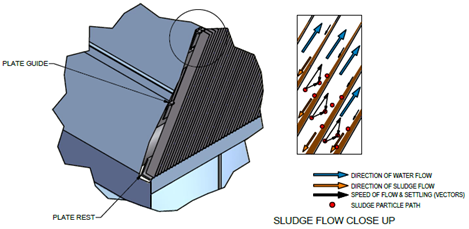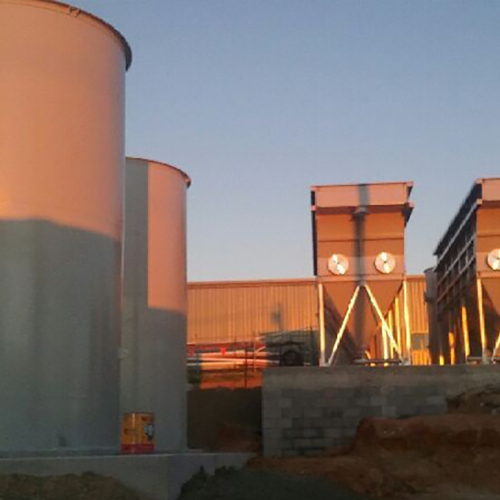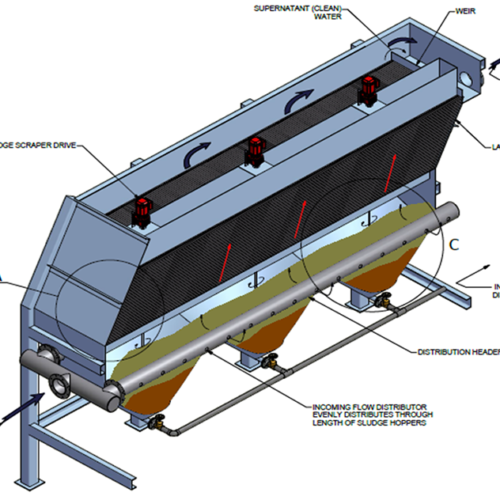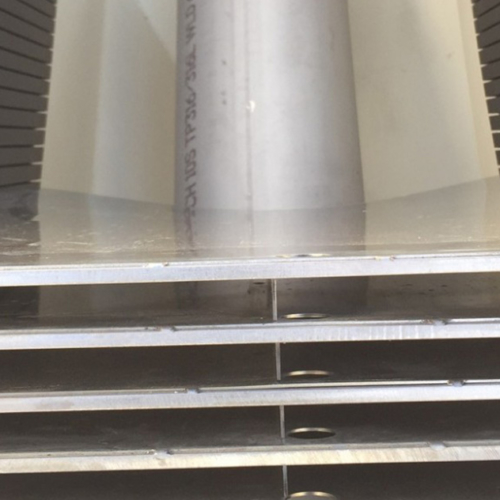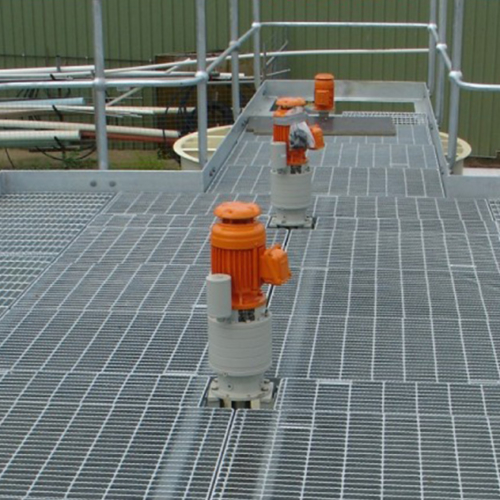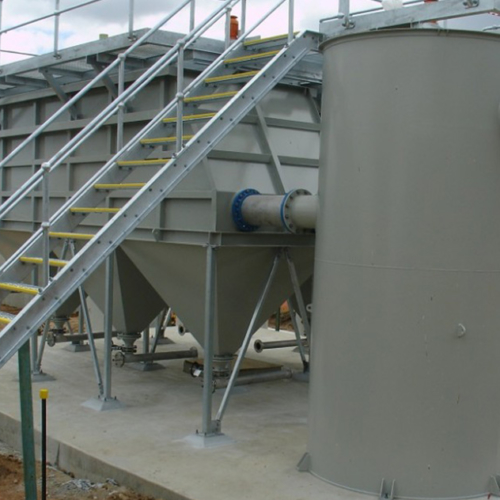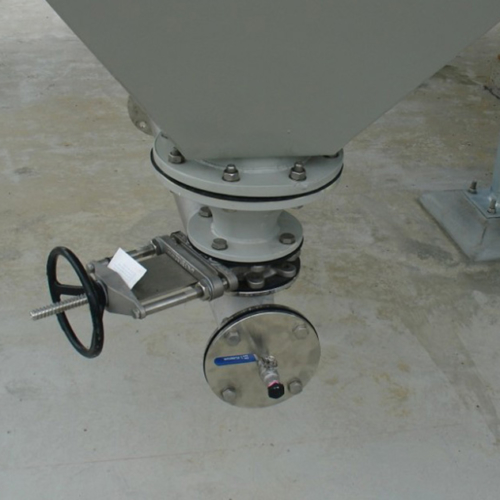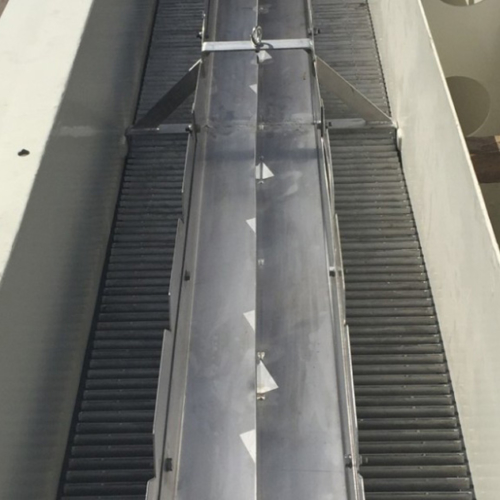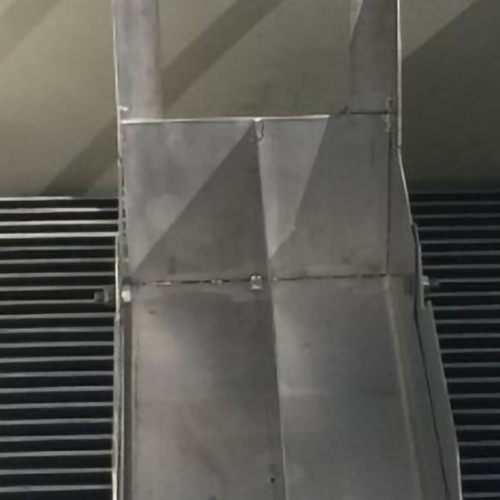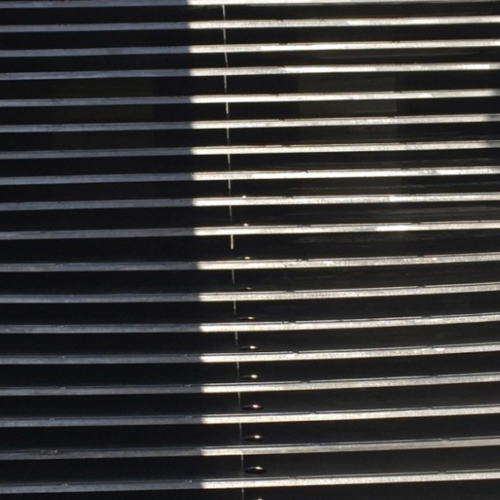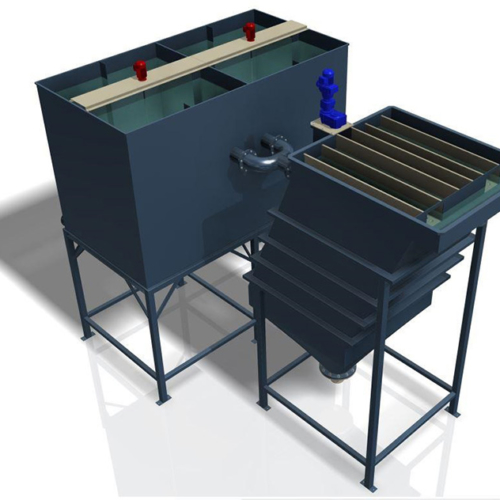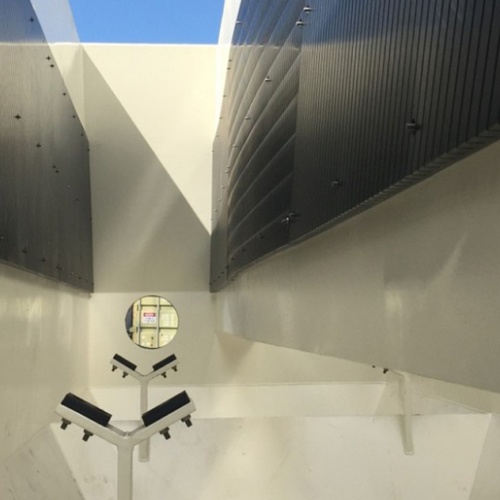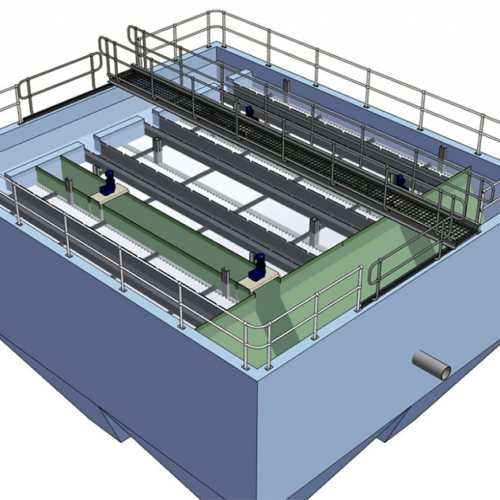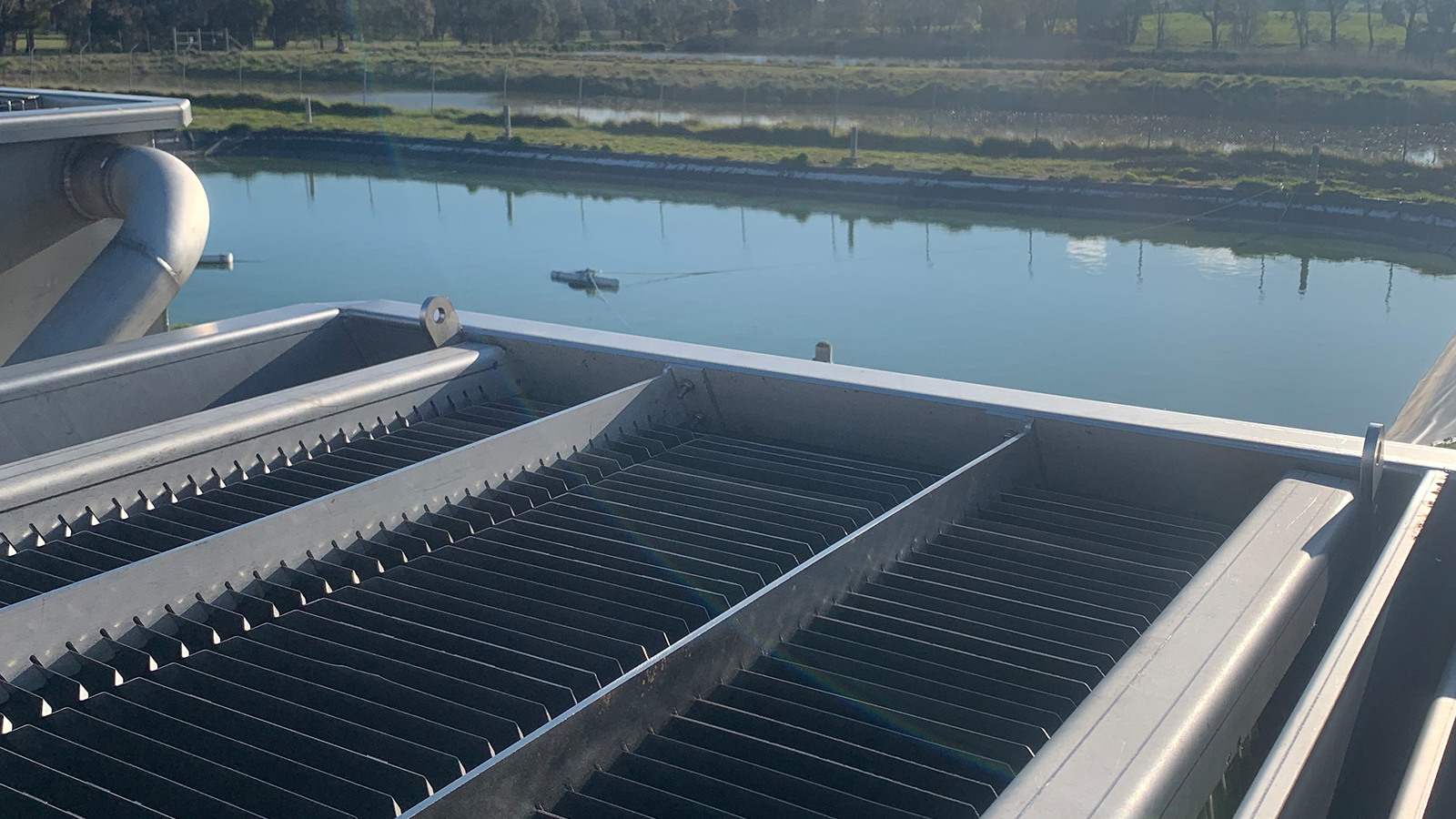
Secondary
Continuous biological wastewater processes typically use secondary clarifiers as the phase separation step to separate biomass from the water phase. The overflow is the secondary treated effluent, which is typically disinfected and discharged to the environment, or reused.
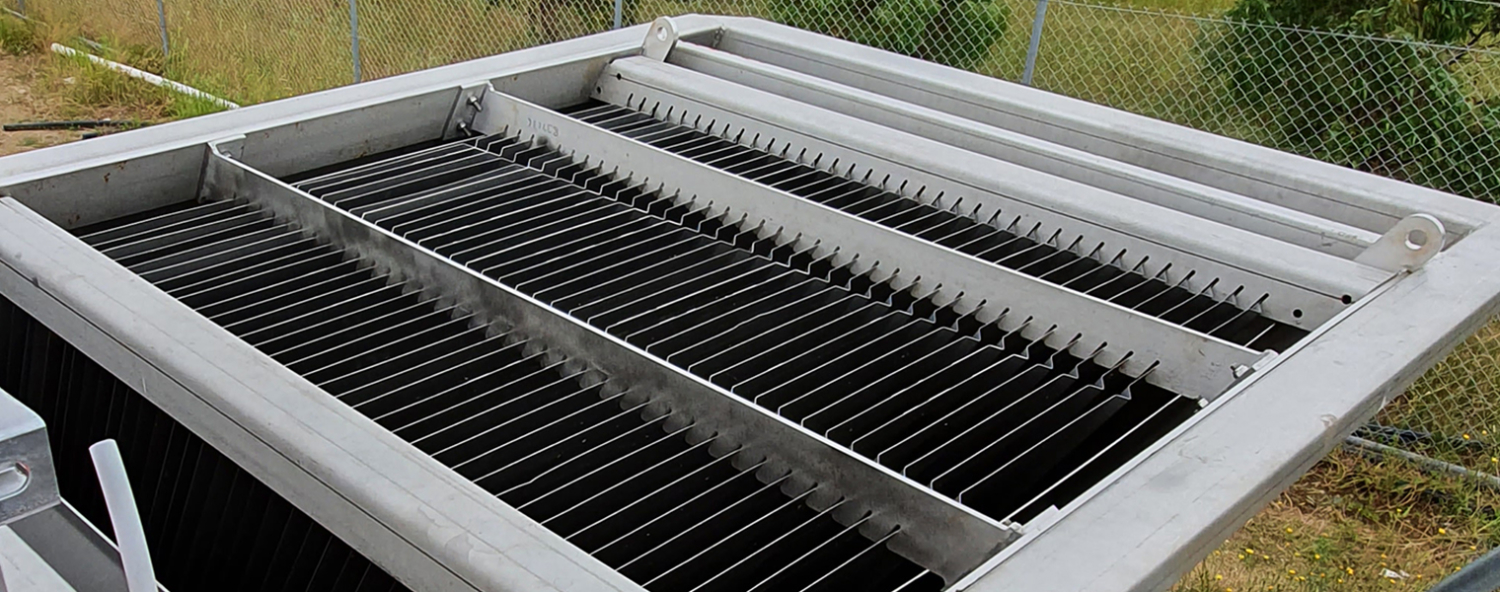
Settled biomass is wasted to a biosolids facility (Waste Activated Sludge, or WAS) to control the biomass concentration within the biological wastewater process, and a return stream (Return Activated Sludge, or RAS) is pumped back to the head of the process.
Hydroflux Epco have extensive expertise and references on secondary clarifiers as follows:
- Over 300 secondary clarifier systems manufactured since 1962
- Robust construction with proven sludge removal systems (VeeMax®, LogMax® and HeadMax®)
Find out more
Key Advantages include:
- High surface area lamella pack design
- Application knowledge on secondary sludge clarification
- Proven effective sludge removal systems
- Elimination of dead zones
- Elimination of denitrification
A number of designs and configurations are available, these include:
- Free standing tank with single or multiple sludge hoppers
- Concrete tank with integrated sludge removal systems
- Lamella upgrades to existing circular clarifiers
The HiFlowTM lamella separator is a high rate solids separation process that has 1/10th of the physical footprint as compared to conventional circular clarifiers. It is used as a primary and secondary clarifier in sewage, primary clarifier in water treatment and primary clarification of industrial wastewater.
Hydroflux Epco have extensive expertise and references for clarification/lamella technology as follows:
- Over 330 clarifier systems manufactured since 1962
- Highly effective plate pack surface area
- All stainless steel lamella pack construction
- Robust construction with proven sludge removal systems (VeeMax®, LogMax® and HeadMax®)
- Laminar flow conditions
- Free standing design in steel construction
- Concrete tank designs for larger applications
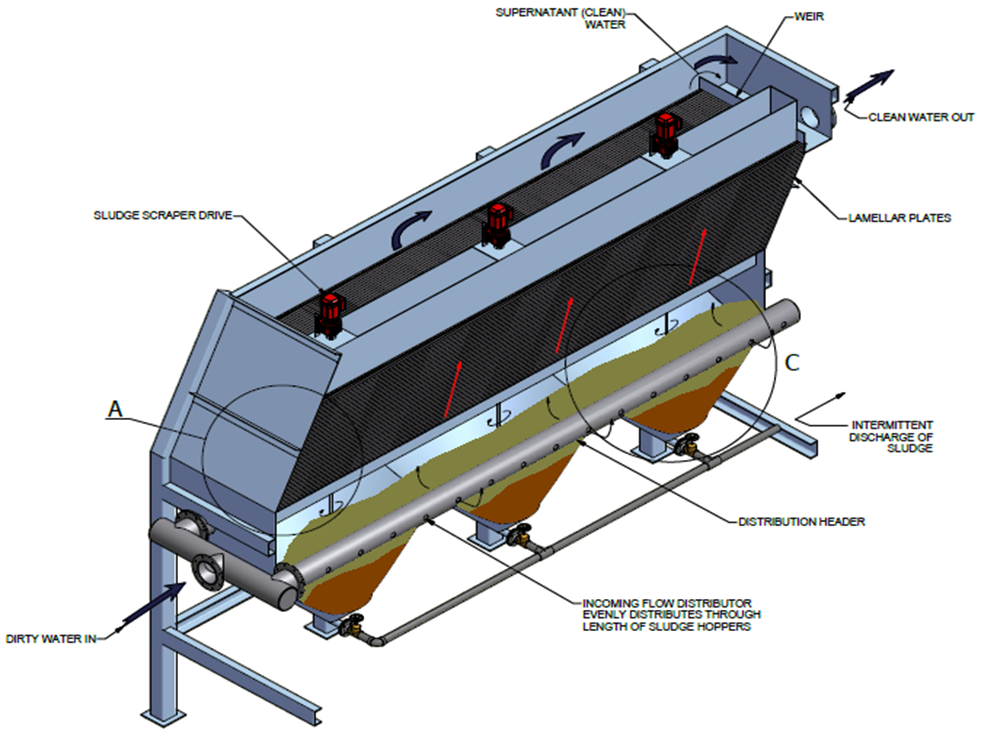
A series of inclined lamella plate packs are used to increase the effective surface area of the unit and to overcome hindered settling.
